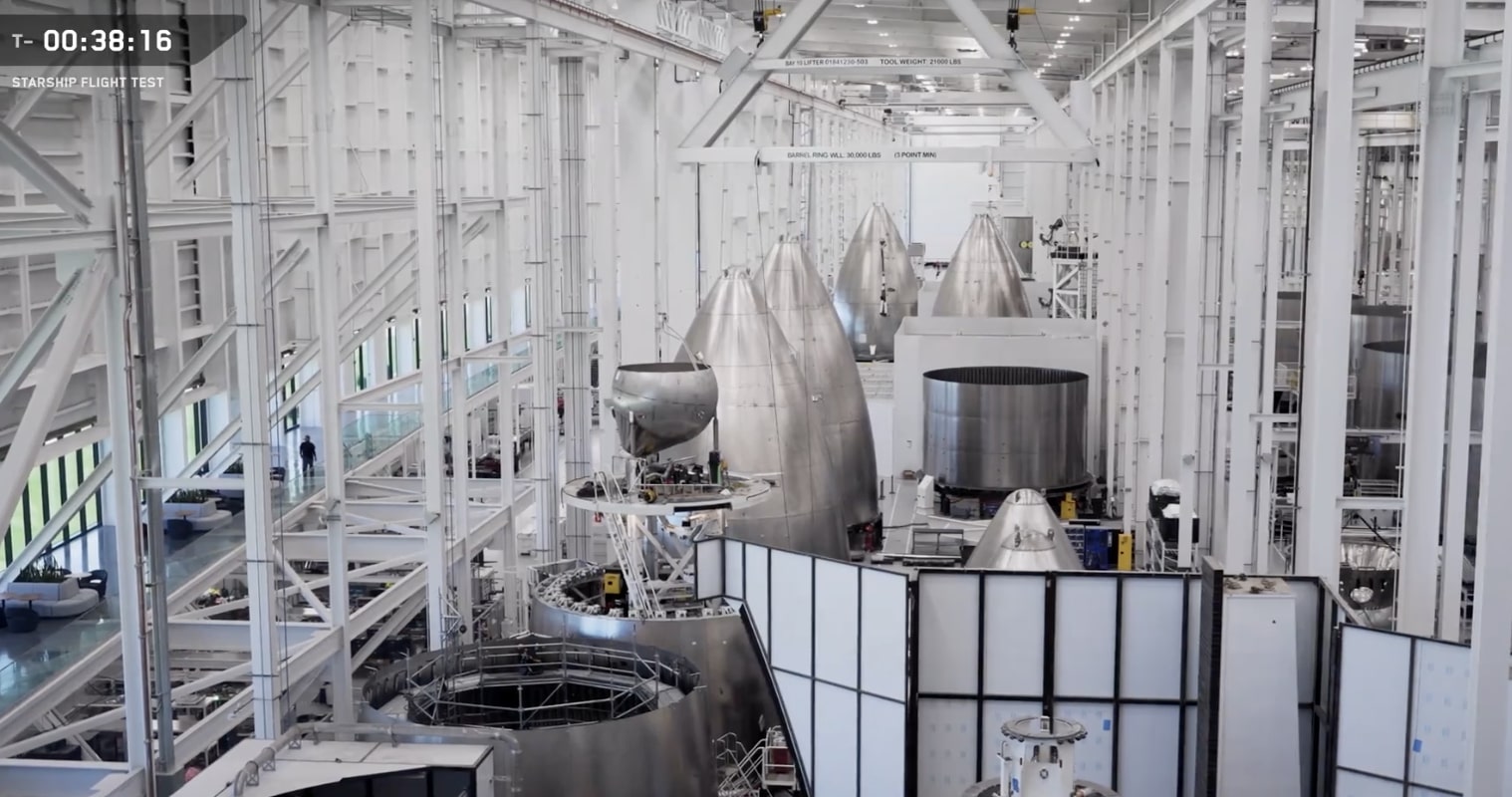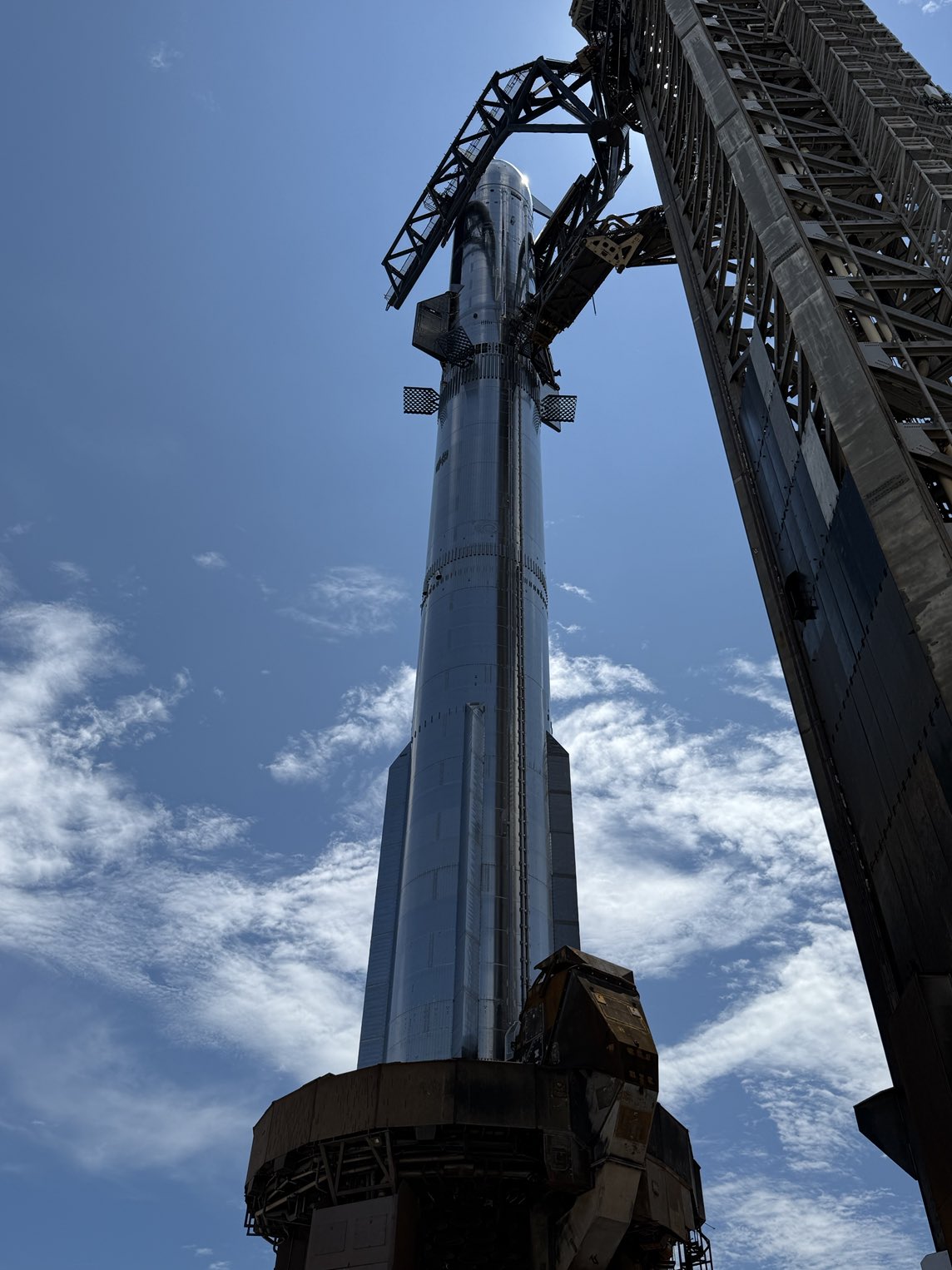Now Reading: SpaceX Scrubs Starship Launch Due to Weather, Technical Review
-
01
SpaceX Scrubs Starship Launch Due to Weather, Technical Review
SpaceX Scrubs Starship Launch Due to Weather, Technical Review

Speedy Summary
- SpaceX Starship Launch: The tenth flight test of SpaceX’s Starship was scrubbed due to unfavorable weather conditions on Monday.Fueling for the rocket had started.
- Public Access & Production Facility: Elon Musk stated the public could visit the rocket, except during launches, and announced plans for a “Gigabay” factory to build and store thousands of rockets annually.
- Technical Innovations: SpaceX is working on a fully reusable heat shield for greater efficiency compared to previous spacecraft like the Space Shuttle, which required extensive maintenance.
- Block 2 Upgrades: The third Block 2 iteration features improvements such as increased propellant capacity (25%), enhanced engine feed lines, improved avionics including flight computers, and reinforced hardware addressing prior issues like uncontrolled spins and heat-shield loss.
- Frequency Goals: Booster reusability targets aim for operation every hour with immediate re-flight post landing (under 10 minutes), supporting five Starships per booster.
- Regulatory Approval & Environmental Considerations: FAA raised approved launches from Texas to 25/year despite earlier concerns over debris impacting ecosystems.
- NASA partnership & Long-term Vision:
– supporting NASA’s Artemis lunar missions scheduled mid-2027 under a $2.9 billion contract.
– Planned uncrewed Mars mission in 2026 with crewed flights by 2029 aiming at establishing a Mars city within 20-30 years.
Images include visuals of production facilities, rockets in assembly stages, and design elements.
Indian opinion Analysis
India’s growing interest in space exploration through programs like ISRO’s Gaganyaan could benefit from closely monitoring technological advancements showcased by projects like SpaceX’s Starship program. The focus on reusable systems aligns with global efforts toward cost-effective sustainability in space missions – an area where collaboration or emulation may enhance India’s longstanding reputation as executing high-value low-cost projects.
Additionally, fostering partnerships between private entities like SpaceX and government agencies offers lessons about operational scalability critical for enterprising initiatives such as human spaceflight or interplanetary exploration plans that India may consider moving forward. While regulatory concerns similar to FAA oversight of debris exist globally including India-the steps balancing environmental safeguards alongside higher launch frequency represent iterative learning relevant everywhere aimed reducing delays/potentially larger capability benchmark globally any policy push logic compels strengthening ecosystem both Industrial(Local)&transnational.
Read More



























